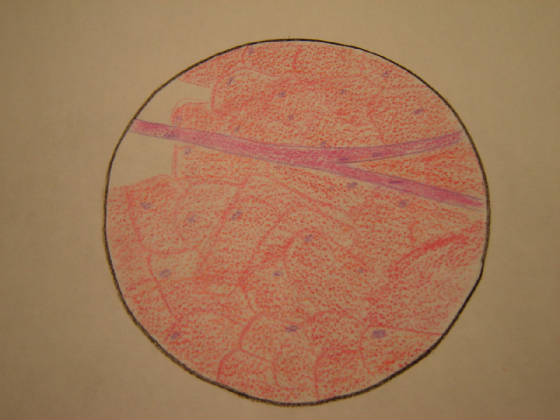|
Arteries and veins are located throughout the body connecting to the heart. They are part of the
circulatory system that carries blood to and from the heart and other tissues and organs. Arteries are responsible for carrying
blood away from the heart, while veins carry blood back to the heart. Both arteries and veins have the same layers of tissues
in their walls, however the proportion of these layers is different. The walls of arteries must be thicker to resist and absorb
the pressure of the waves caused by the pumping of the heart. The walls expand with the force and then release allowing the
blood to move forward as the heart is resting. Valves contained within the arteries prevent the backflow of blood. As the
blood moves into capillaries, which are tiny networks, the pressure of the blood is not as great, and it moves through the
capillary to the vein. Veins return the blood back to the heart with the help of contractions of the skeletal muscles nearby.
The slightest movement of a limb causes a contraction of a skeletal muscle, which pushes the blood through the vein towards
the heart. One-way valves within the veins help to resist gravity.
|






